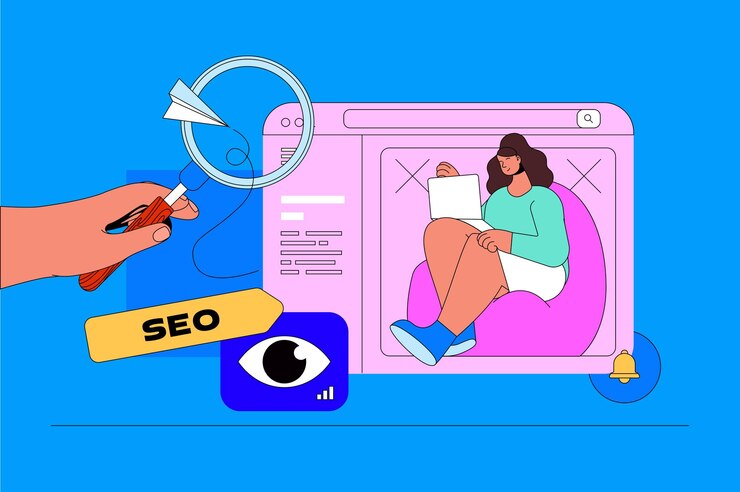Visual Content in SEO: Boost Rankings with Images & Videos
In today’s digital age, where attention spans are shorter, visual content in SEO is therefore a powerful tool for engaging audiences and increasing online visibility. For example, captivating images, infographics, videos, and memes enhance textual information, making it more digestible and shareable. Moreover, beyond its visual appeal, visual content in SEO plays a crucial role in improving performance. Since search engines increasingly value user engagement metrics, visuals are particularly effective in enhancing these. Therefore, this blog explores the impact of visual content in SEO and offers practical tips to maximize its effectiveness.
How Visual Content Enhances SEO Performance
1. Boosting Engagement Metrics
When a webpage includes visual content, users are more likely to stay on it longer, as a result improving engagement. Longer session durations and lower bounce rates send positive signals to search engines because they show that the content is both engaging and valuable.
2. Improving Click-Through Rates (CTR)
Eye-catching visuals, especially in featured snippets or search results, can therefore greatly boost CTR. Optimized thumbnails for videos and compelling images in blog posts, for instance, help attract more clicks.
3. Enhancing Social Shares
Visual content, such as infographics and videos, is not only engaging but also more likely to be shared on social media platforms. Increased shares not only drive referral traffic but also lead to valuable backlinks, which are crucial ranking factors.
4. Optimizing for Image and Video Search
Optimized images and videos, for example, can easily rank in search tabs like Google Images or YouTube.As a result, these extra channels boost your visibility and drive organic traffic.
5. Supporting Mobile Optimization
Mobile users tend to prefer visually-driven content because it is easier to view on smaller screens. Moreover, with Google’s mobile-first strategy in mind, optimizing images effectively enhances the mobile user experience.
6. Reinforcing Keyword Strategy
Alt text, captions, and filenames not only improve accessibility but also naturally incorporate keywords into your visual content. As a result, they enhance both SEO and user experience and also improves accessibility.
Types of Visual Content That Drive SEO
1. Images: To begin with, use relevant and high-quality photos that enhance your writing. Moreover, improve accessibility and boost SEO by optimizing file sizes for faster loading times and adding clear, informative alt text.
2. Infographics: Similarly, infographics combine design and data to make complex information easy to understand and highly shareable.
3. Videos: Videos increase dwell time and engagement. Hosting them on platforms like YouTube also provides an opportunity to rank on both Google and YouTube search results.
4. Slide Decks: Slide presentations shared through platforms like SlideShare can generate backlinks and traffic, enhancing your overall SEO performance.
5. GIFs and Memes: Fun, engaging, and shareable, these visual formats can boost engagement and brand visibility.
Best Practices for Optimizing Visual Content
- Use Descriptive File Names: Before uploading, rename photos and videos using pertinent keywords.
- Incorporate Alt Text: Write concise and descriptive alt text for all visual elements, integrating keywords where appropriate.
- Compress Images and Videos: To guarantee quick loading times without sacrificing quality, optimize file sizes.
- Leverage Structured Data: To aid search engines in comprehending and indexing your visual material, use schema markup.
- Create Unique and Relevant Content: Ensure that your visuals are original and align with your content’s theme and purpose.
- Host Videos on Multiple Platforms: Upload videos to your website and platforms like YouTube or Vimeo to maximize reach.
- Optimize for Mobile: Use responsive design to ensure visuals look great on all devices.
Conclusion
Visual content is no longer just a complementary aspect of online content; it is a driving force behind successful SEO strategies. By improving engagement, boosting social shares, and enhancing user experience, visuals contribute significantly to better search rankings. Businesses must concentrate on producing relevant, high-quality, and optimized visual content if they want to realize their full potential. Embracing these strategies not only enhances SEO performance but also establishes a stronger connection with audiences in today’s visually driven digital landscape.


Leave a Reply